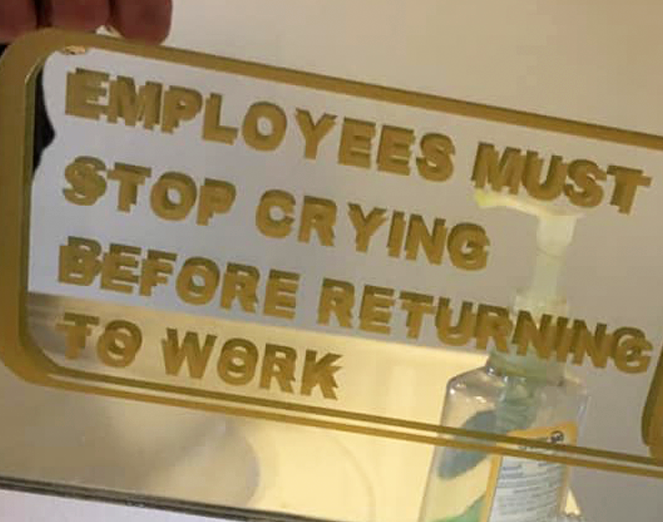It’s not going to replace flat screen gaming. It’s hard to be in VR for hours, especially when you have to manage battery life, but I’ve had a headset for a year or two now, and it’s still amazing where it’s good. I’m better with smooth moving, but I still prefer teleporting, for headache/dizziness.
Tried Skyrim, couldn’t make it stick - VR just isn’t right for massive open worlds. Halflife Alyx is amazing - it’s the right scale for VR, the attention to manipulatable objects is amazing, and some of the puzzles just couldn’t be done in 2D. Blade & Sorcery is good, too.
Games I keep going back to are Beat Saber, because I’m old and need something to make me stand up and move, and Mini-golf, which is mostly a focus for hanging out with remote friends.








I can see that. If you just want to hang out in a space, then VR Skyrim definitely has some cool places to hang, but how long are you really going to spend in that Skyrim tavern?
When OP asks whether VR is a long-term option, that’s what I think. My favorite 2D games I have 500+ hours, probably a half dozen of them; I can still go back to those, some 10+ year old, and sink another 50+ hours. The only VR game I have more than 50 hours is the mini-golf game that’s glorified chat.
For me, VR as an experience has been really amazing. It’s a level of immersion that’s just indescribably better than anything 2D, but each of those experiences has had limited staying power, which I think is because the physical demands of VR constrain my playtime and focus. I can left-mouse-button all day, but my back gets sore if I stand for three hours. So I can handle beat saber because I treat it like a gym session, but the idea of VR walking 7000 steps to Skyrim’s Throat of the World…just no.